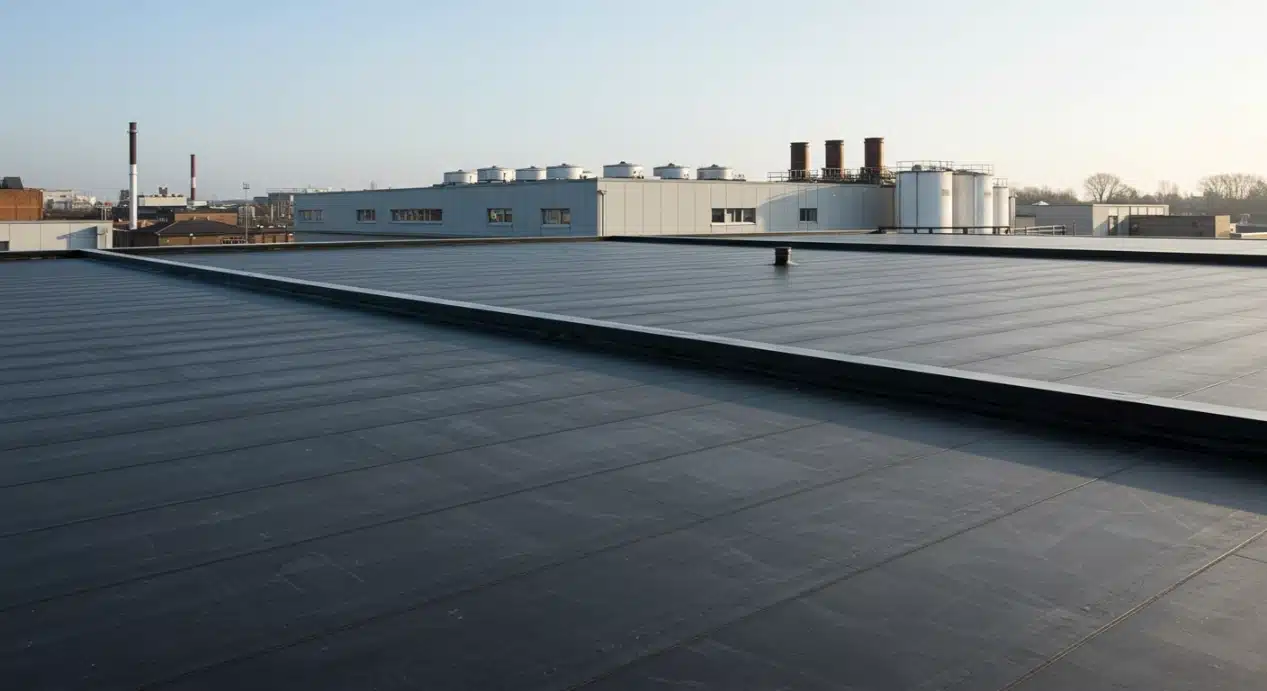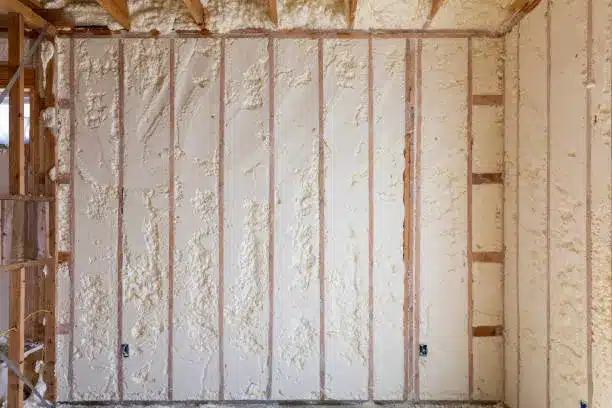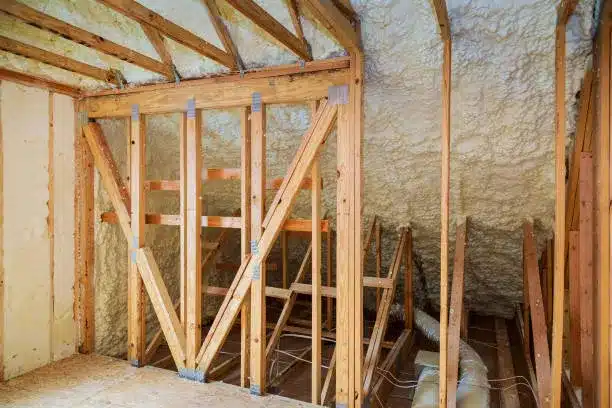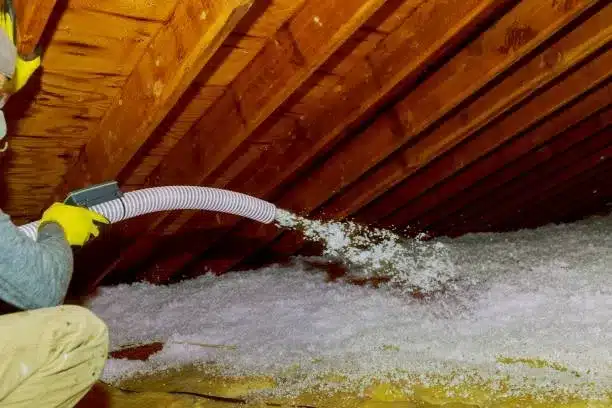Membrane roofing is one of the most reliable options for flat roofs where water drainage, UV exposure, and longevity are key concerns. Compared to traditional materials like tar and gravel or built-up roofing, membranes deliver a streamlined solution with fewer seams and greater resistance to weather-related damage. For commercial or industrial structures exposed to frequent rainfall, snow, or temperature shifts, membrane systems often outperform older alternatives in both function and durability.
This article explains the performance, limitations, and installation considerations of membrane roofing. Backed by real job-site experience, the guide outlines key performance data and installation context. All Foam & Insulation, LLC has worked extensively with insulation and flat roofing systems in both residential and commercial contexts across Oregon’s variable climate.
Membrane Roofing Types and Comparisons
Each membrane system has distinct properties, use cases, and performance levels depending on the environment, foot traffic, and budget. Here is a breakdown:
Comparison Table: Flat Roof Membrane Options
| Membrane Type | Material Base | Lifespan (Years) | UV Resistance | Seams/Welds | Typical Use Case |
|---|---|---|---|---|---|
| EPDM | Synthetic rubber | 20–30 | Moderate | Glued/seamed | Large commercial roofs |
| TPO | Thermoplastic | 20–25 | High | Heat-welded | Industrial or retail spaces |
| PVC | Vinyl-based | 25–30 | High | Heat-welded | Chemical-exposed environments |
| Modified Bitumen | Asphalt-based | 15–20 | Low | Torch-applied | Low-slope residential roofs |
Technical Specifications
Below are the typical technical characteristics that define each membrane system.
Technical Specs Table
| Property | EPDM | TPO | PVC | Modified Bitumen |
|---|---|---|---|---|
| Thickness (mil) | 45–60 | 45–80 | 50–80 | 120–150 |
| Seam Strength | Medium | High (heat-welded) | High (heat-welded) | Medium (overlap seams) |
| Fire Resistance | Moderate | High | High | Low to moderate |
| Chemical Resistance | Low | Moderate | High | Low |
| Installation Method | Ballasted or adhered | Fully adhered/welded | Fully adhered/welded | Torch-down or cold-adhesive |

Real-World Performance Factors
Oregon’s climate brings heavy seasonal rainfall, snow load, and UV variation. These factors reduce the lifespan of traditional roofing materials.
- TPO membranes hold up well under UV exposure and reflect heat, reducing building cooling loads in summer.
- PVC membranes offer the best resistance to chemical runoff from nearby industrial facilities.
- EPDM remains flexible in cold temperatures, reducing the risk of cracking during freeze-thaw cycles.
- Modified bitumen is easier to repair but less resistant to ponding water.
Bonus Tip: For buildings with HVAC units mounted on the roof, reinforced PVC membranes reduce puncture risks from mechanical traffic.
Things to Consider Before Making a Decision
Several factors directly affect membrane roofing performance and cost:
- Roof Load and Foot Traffic: Frequent maintenance access requires reinforced systems.
- Drainage Capability: Flat roofs must be designed to minimize water pooling.
- Attachment Preference: Adhered systems offer better wind resistance than ballasted ones.
- Upfront vs. Lifecycle Cost: Higher upfront costs (e.g., PVC) often pay off over longer lifespans.
Bonus Tip: In cold regions, ensure your installer includes a vapor barrier to prevent condensation under the membrane.
Common Questions About Membrane Roofing
Which membrane handles standing water best?
PVC and TPO systems resist ponding better than modified bitumen. Proper slope design still plays a larger role.
Can membrane roofs be walked on?
Yes, but areas with foot traffic should have walkway pads or reinforced zones.
Is membrane roofing suitable for homes?
Yes, for homes with low-slope or flat designs, especially in modern architecture.
Do membranes require maintenance?
Annual inspections and minor seam checks are recommended to prevent long-term issues.
Services Related to Flat Roof Applications
All Foam & Insulation, LLC provides several flat roof insulation and sealing services that align with membrane roof system performance:
- Closed-Cell Spray Foam: Creates a thermal and moisture barrier under the membrane. Ideal for energy efficiency.
- Open-Cell Spray Foam: Suitable for interior roof cavities with proper vapor management.
- Blown-In Insulation: Adds R-value to attics and roof decks with minimal disruption.
- Membrane Roofing Installation: Professional-grade systems using TPO, PVC, or EPDM, installed to specification.
Integrated Market Insights
- According to IBHS, over 40% of commercial roof failures stem from poor seam welding or adhesive breakdown (IBHS, 2023).
- A 2024 study from the National Roofing Contractors Association notes TPO systems now account for over 50% of all commercial low-slope roof installations in the U.S. (NRCA, 2024).
- Buildings with white membrane roofs in high sun-exposure zones reported internal temperatures 20-30°F lower on average, reducing HVAC load (EPA, 2023).
Get Expert Insulation Guidance
Speak directly with a specialist for membrane roofing solutions that match your building’s needs. All Foam & Insulation, LLC delivers performance-tested installations for Oregon’s demanding climate.
- Phone: (541) 826-9600
- Email: [email protected]
FAQ
How often should membrane roofs be inspected?
At least once a year and after major weather events.
What causes premature failure in membrane roofs?
Improper installation, poor seam sealing, and inadequate slope for drainage.
Can you retrofit membrane over an existing roof?
Yes, with appropriate substrate preparation and weight/load considerations.
How long does installation typically take?
Depending on roof size, most projects complete in 2–5 days.
Are membrane systems fire-rated?
PVC and TPO often meet Class A fire ratings; always check manufacturer data.





